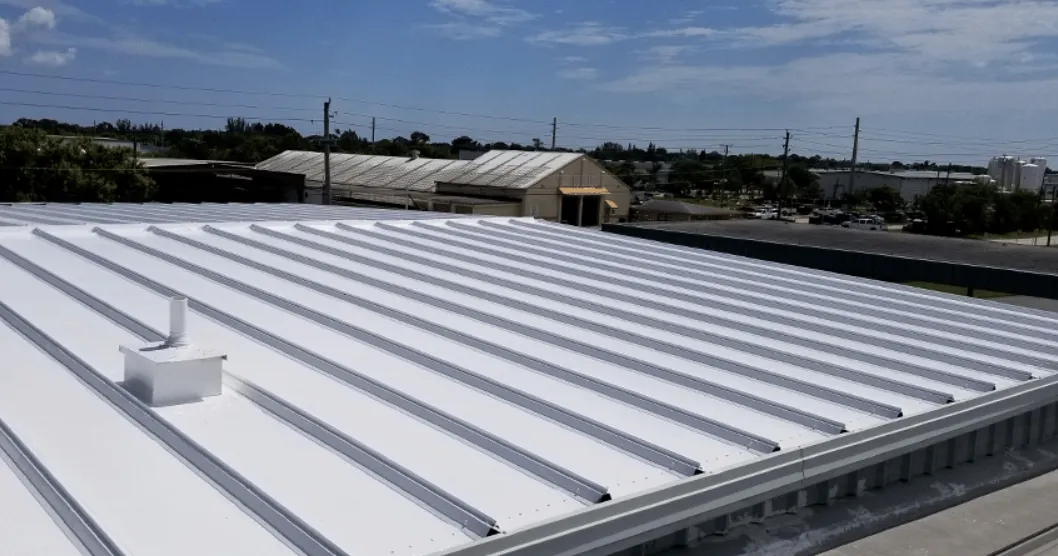
Elko County’s weather isn’t easy on roofs. With long, hot summers, freezing winters, and the occasional wild storm, your roof takes a beating year-round. Over time, all that sun, wind, and moisture can lead to cracking, leaks, and costly repairs. That’s where a roof coating can make a big difference.
Applying a protective coating adds an extra layer of defense that helps your roof hold up better—and longer—against Nevada’s harsh conditions. It’s a smart way to save money, protect your home, and even lower your energy bills.
A roof coating is a special liquid that’s rolled or sprayed onto the surface of your existing roof. Once it cures, it forms a flexible, seamless layer that shields your roof from sun, water, and wear.
Instead of tearing off your old roof and starting over, a coating can give it new life—without the mess and expense of a full replacement. That’s a big deal in areas like Elko, where UV rays are intense and weather can turn on a dime.
Not all coatings are created equal. Your choice depends on your roof’s shape, how much sun and rain it sees, and whether the surface gets walked on often. Here’s a quick guide to help you compare:
If your roof is still in decent shape but showing early signs of aging, coating it now can prevent bigger issues down the line. Here’s when to seriously consider it:
Best Time to Apply? Spring and early summer are usually ideal. The weather’s warm and dry, which helps the coating stick and cure properly.
There are DIY roof coating kits out there—but applying one properly isn’t as easy as it sounds. If the surface isn’t cleaned right, or if you miss a spot, the coating may not last.
Hiring a pro ensures:
Bottom line: A professional application may cost a bit more up front, but it’ll likely save you money (and stress) in the long run.
A roof coating doesn’t just buy you time—it can buy you peace of mind. It’s one of the easiest and most affordable ways to stretch the life of your roof while helping your home run more efficiently.
Whether you’re trying to delay a full replacement or just want to shield your home from the elements, a high-quality coating is a practical, long-term investment.
If you’re in Elko County and think your roof might need some attention, give Nevada Urethane a call. We’ll take a look and let you know whether a roof coating is right for you.
📞 Call: (775) 397-2820
📧 Email: [email protected]
Yes. Silicone and elastomeric coatings flex with your roof, which helps prevent cracks from expanding during extreme temperature swings.
Definitely. Reflective coatings keep roof surfaces cooler, which can cut your AC bills—especially during those triple-digit summer days.
For small leaks, yes. A coating can seal problem spots. But if your roof has structural issues or damage beneath the surface, repairs may be needed first.